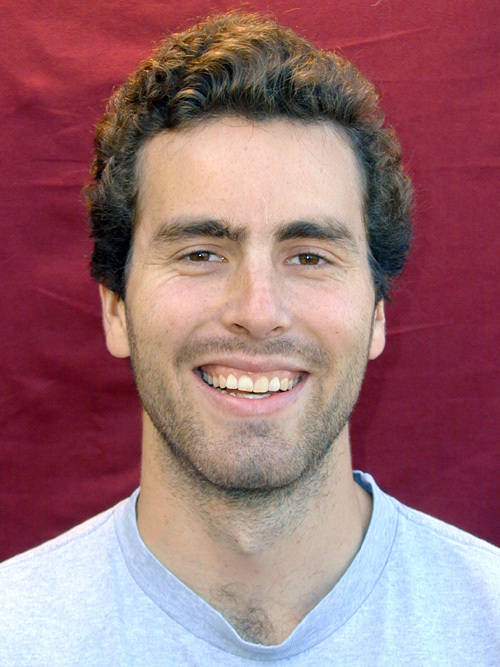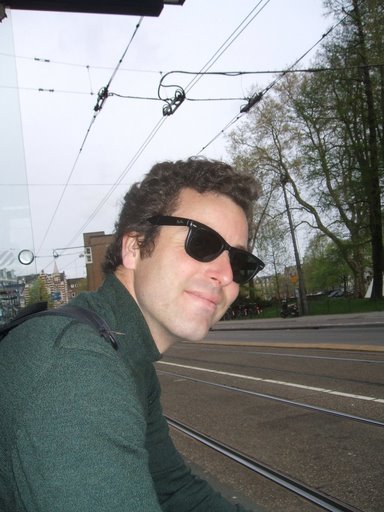Jeff Onsted received his Geography MA in June 2002: “SCOPE: A Modification and Application of the Forrester Model to the South Coast of Santa Barbara County”; and his PhD in July 2007: “The Effectiveness of the Williamson Act: A Spatial Analysis.” Professor Keith Clarke, who chaired both of Jeff’s committees, recently informed us that Jeff has had both works published; the former by Lambert Academic Publishing in November 2009 and the latter by VDM Verlag in December 2009.
According to the Editorial Review of The South Coast Participation Experience: A Modification and Application of the Forrester Model to the South Coast of Santa Barbara County on Amazon.com, “This monograph describes the application of an urban processes model to the South Coast of Santa Barbara County. Called SCOPE (South Coast Outlook and Participation Experience), it is theoretically based on the nonlinear feedback loops and urban relationships innovated by Jay W. Forrester. It is greatly modified from his model, however, per the concerns of many of his critics. The model, which uses Stella modeling software, does not provide a projection or even one single forecast. Rather, it is capable of producing any number of forecasts according to policy switches and dials that the user may manipulate. Given similar assumptions, though, the forecasts indicate less population growth than other county and city agencies. The results of this modeling, therefore, could be of great use for discussion directed at policy decisions.”
Amazon.com’s product description of The Effectiveness of the Williamson Act: A Spatial Analysis states: “In order to conserve farmland, voluntary differential tax assessment programs, such as California’s Williamson Act, are widely utilized in the United States and elsewhere. However, despite the tax advantages offered, these programs must compete with the large sums of money that agricultural landowners stand to gain by developing their land. This temptation is exacerbated by difficulties farmers on the periphery of urban areas already face, especially friction with suburban neighbors. This monograph examines just how effective the Williamson Act has been in protecting farmland near urban areas by tracking parcels’ entry into and exit from this Act in the path of urban expansion, then using this data to create a future scenario of Williamson Act lands using a cellular automata model. These results create a probabilistic regulatory landscape that is used, in turn, as an excluded layer for urban growth scenarios in the future. This research should be of interest to geographers, planners, policy makers, as well as farmers themselves.”
Dr. Onsted is currently an Assistant Professor of Urban and Regional Land Use Change in the departments of Environmental Studies and International Relations/Geography at Florida International University, Miami. Jeff’s areas of interest include human environment relations; urban growth issues, theory and modeling; land use change science, theory, and modeling; Geographic Information Systems (GIS); agricultural geography and farmland loss; farmland protection; and agroecology. He also happens to have an impressive list of publications!





